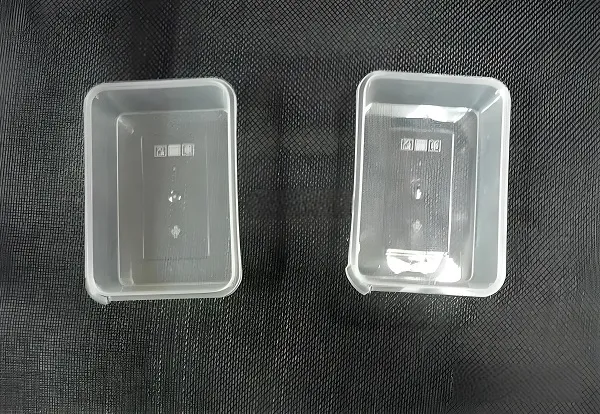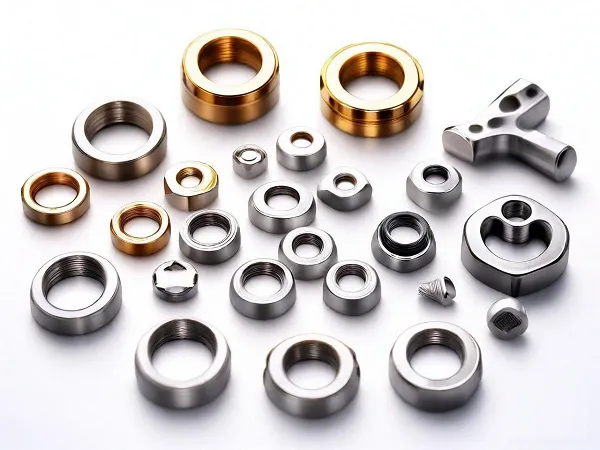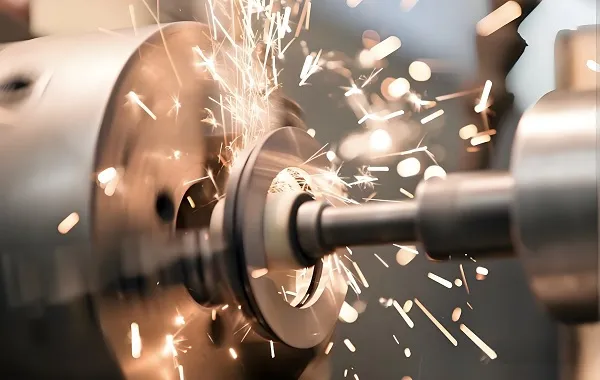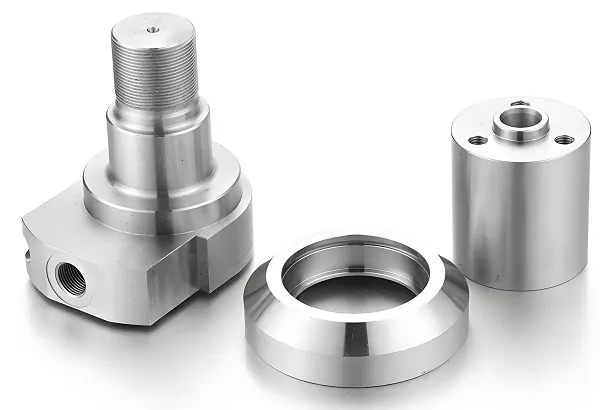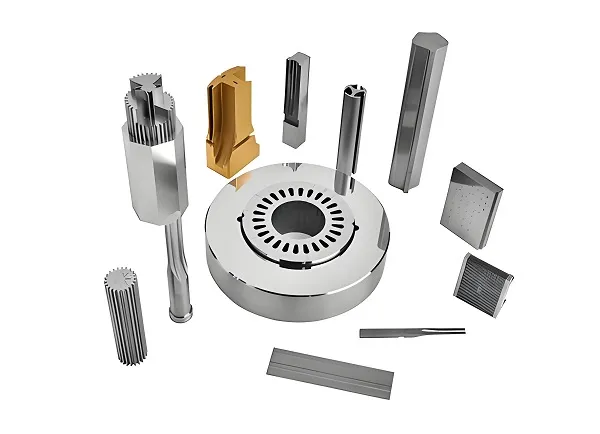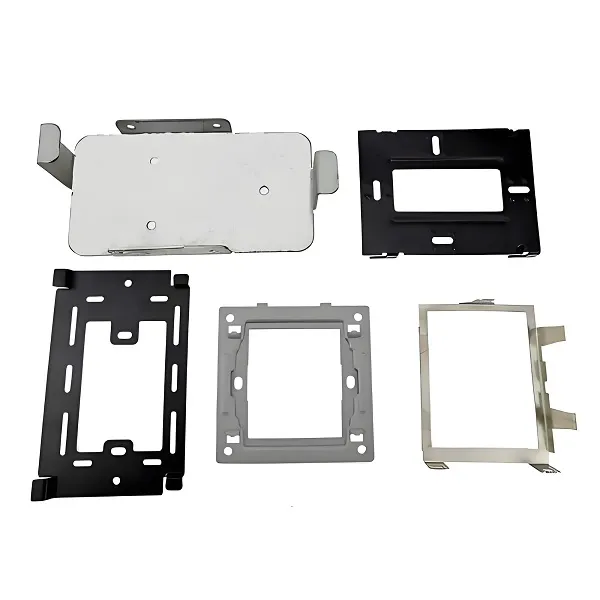I. Introduction
CNC machining of plastic parts plays an important role in modern manufacturing, and its application scope is wide, covering multiple fields from electronic equipment, automotive parts to medical devices. This article will deeply explore all aspects involved in CNC machining of plastic parts, including material selection, tools and process parameters, programming skills, quality control, etc., providing you with a comprehensive and professional guide.
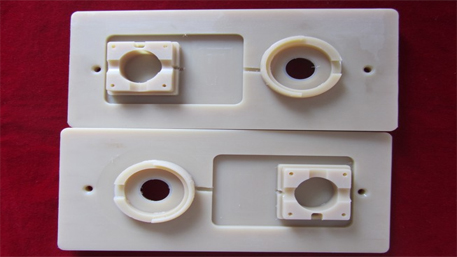
II. Material Selection
Common Plastic Materials
Polycarbonate (PC): It has high strength, high heat resistance and good dimensional stability. Its tensile strength can reach 60 – 70 MPa, and the heat distortion temperature is about 130 – 140°C.
Acrylic (PMMA): It has high transparency and excellent optical properties. The hardness is relatively high, and the surface hardness is about 2H.
Nylon (PA): It has excellent wear resistance and toughness, but a relatively high water absorption rate. The tensile strength is generally 70 – 80 MPa.
Polyethylene (PE): It has low cost and good chemical stability, and is divided into two types: high-density (HDPE) and low-density (LDPE). The tensile strength of HDPE is about 20 – 30 MPa.
Influence of Material Characteristics on Machining
Thermal Properties: Some plastics, such as PC, have a high melting point and thermal expansion coefficient. Temperature control should be paid attention to during machining to avoid deformation.
Mechanical Properties: For example, nylon has good toughness, and winding may occur during cutting. Appropriate tools and cutting parameters need to be selected.
Chemical Properties: Some plastics are easily eroded by chemical substances, affecting the surface quality after machining.
III. Tool Selection and Process Parameters
Tool Selection
High-speed Steel Tools: Suitable for processing softer plastics, such as PE, PP, etc.
Carbide Tools: They have strong versatility and can be used for the processing of most plastics.
Diamond Tools: They are used for processing plastic parts with high precision and high surface quality requirements, such as optical-grade PMMA.
Process Parameters
Cutting Speed: For PC, it is generally 100 – 200 m/min; for PE, it can be appropriately reduced to 50 – 100 m/min.
Feed Rate: It depends on the tool diameter and cutting depth, usually between 0.1 – 0.3 mm/r.
Cutting Depth: During rough machining, it can be 1 – 3 mm, and during finish machining, it is controlled at 0.1 – 0.5 mm.
IV. Programming Skills
Tool Path Planning
Adopt Layered Cutting: For larger volume parts, layered cutting can reduce the concentration of cutting force and heat.
Optimize Tool Entry and Exit Methods: Avoid leaving marks on the part surface and adopt circular tool entry and exit.
Compensation Settings
Tool Radius Compensation: Set according to the actual size of the tool to ensure the machining dimensional accuracy.
Length Compensation: Consider tool wear and replacement to ensure the accuracy of the machining depth.
V. Precautions during Machining Process
Cooling and Lubrication
Most plastic processing adopts air cooling or micro-lubrication to avoid the expansion and deformation of plastics caused by using a large amount of cutting fluid.
Chip Removal
Remove chips in time to prevent chip accumulation from affecting the machining accuracy and tool life.
VI. Quality Control
Dimensional Accuracy Inspection
Use tools such as coordinate measuring machines and micrometers to inspect the dimensional accuracy of the parts. Generally, it is required to be controlled within ±0.05 mm.
Surface Quality Evaluation
Observe with the naked eye and measure the surface roughness with a roughness meter. It is required to reach Ra 0.8 – 3.2 μm.
Internal Defect Inspection
For important parts, ultrasonic testing or X-ray testing can be used to check whether there are pores, cracks and other defects inside.
VII. Conclusion
CNC machining of plastic parts is a comprehensive process that requires comprehensive consideration of multiple links such as material characteristics, tool selection, process parameters, programming skills and quality control. Through careful design and strict operation, high-quality and high-precision plastic parts can be manufactured to meet the needs of various industrial applications.

